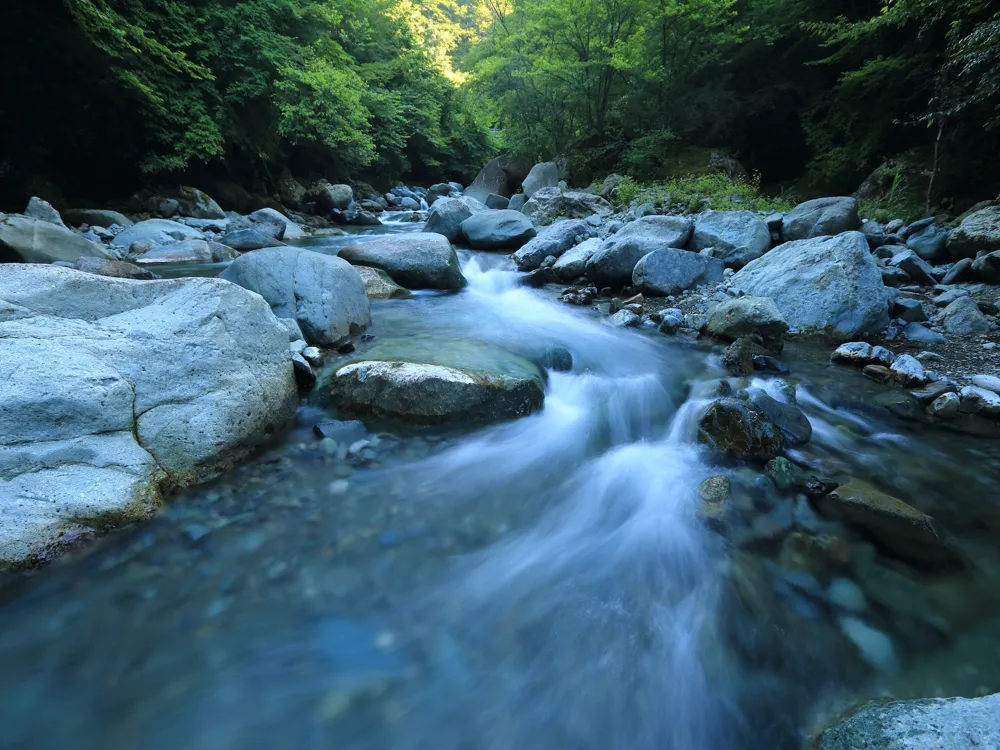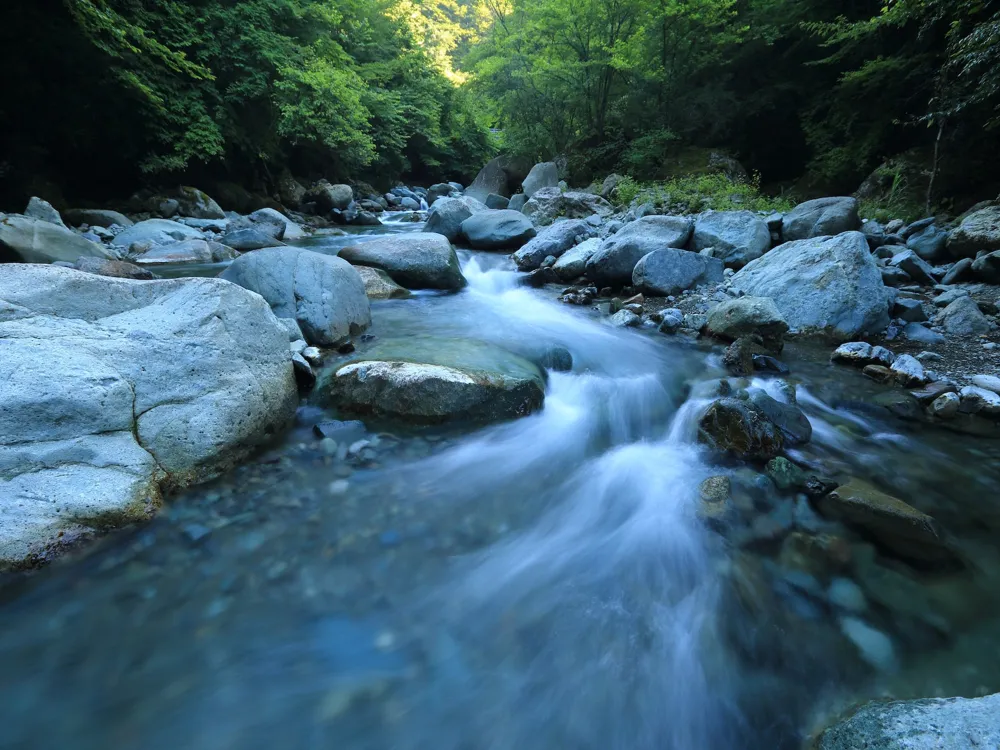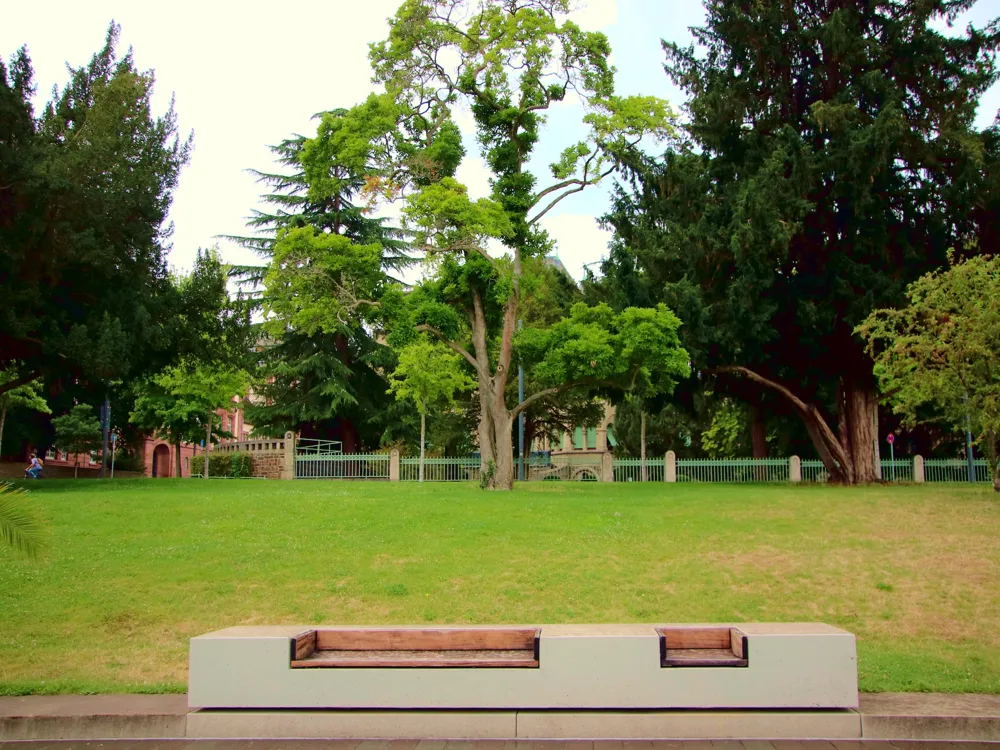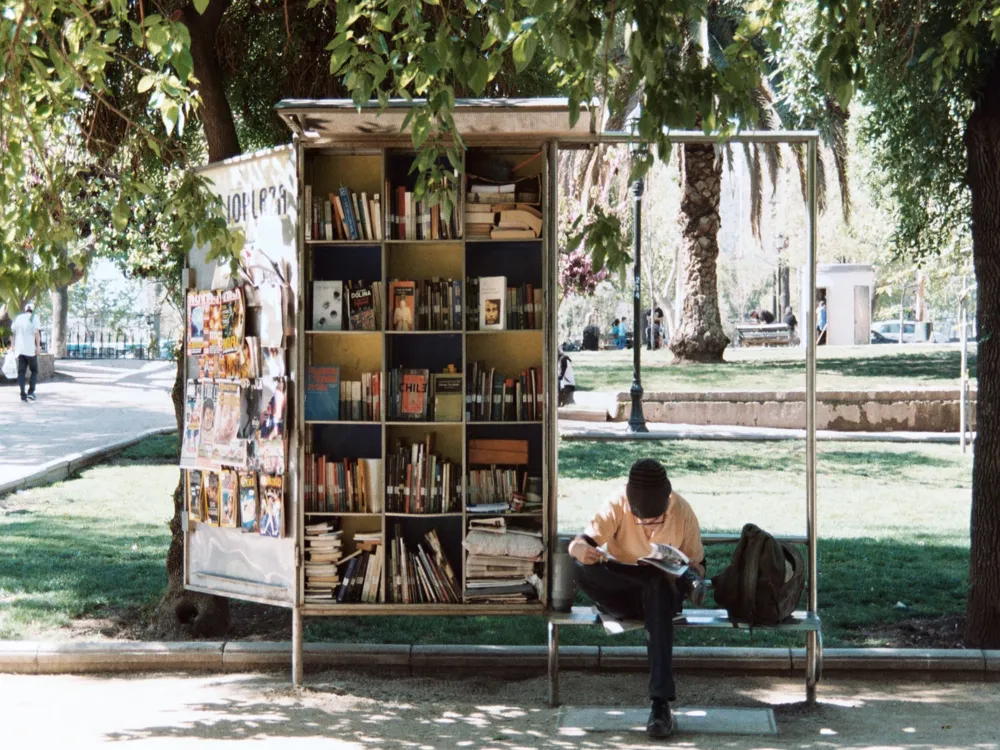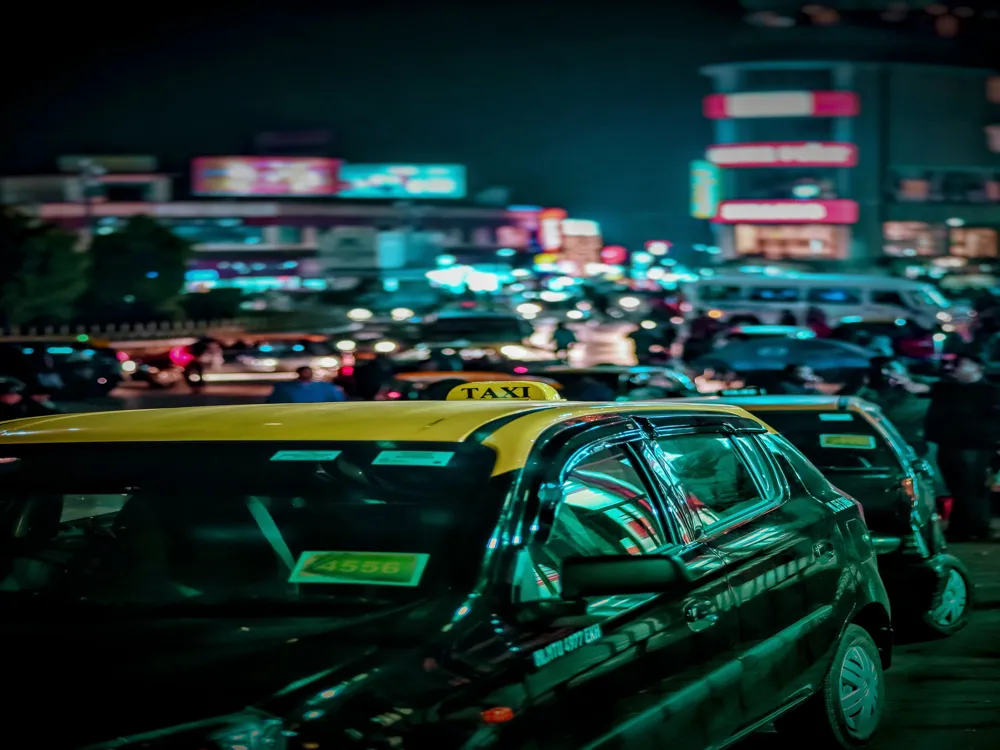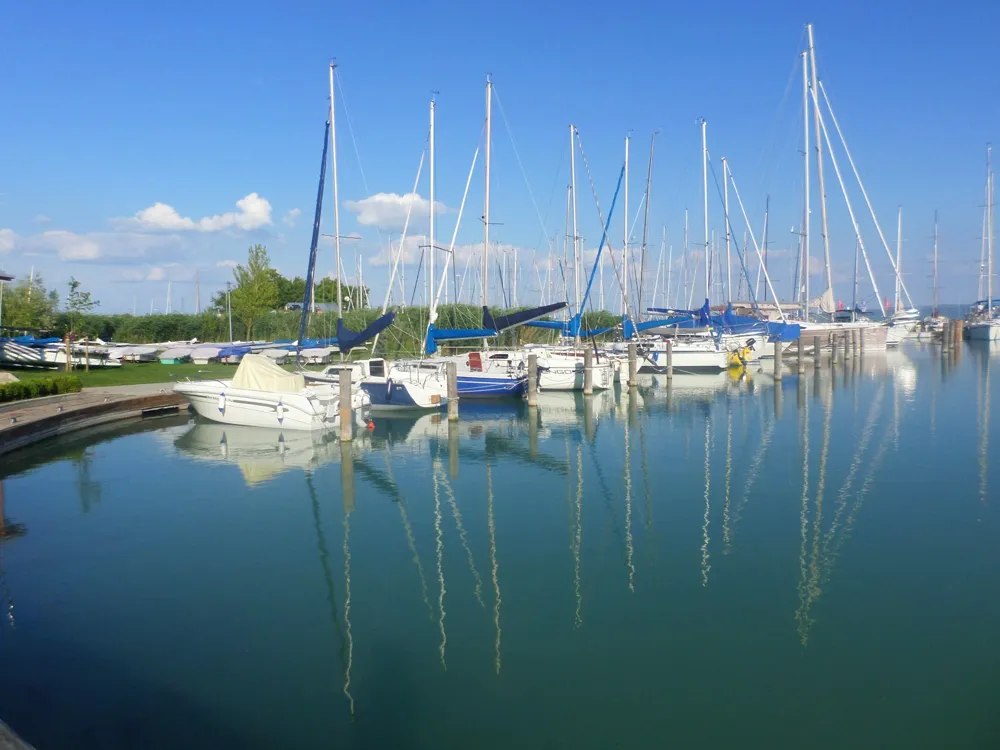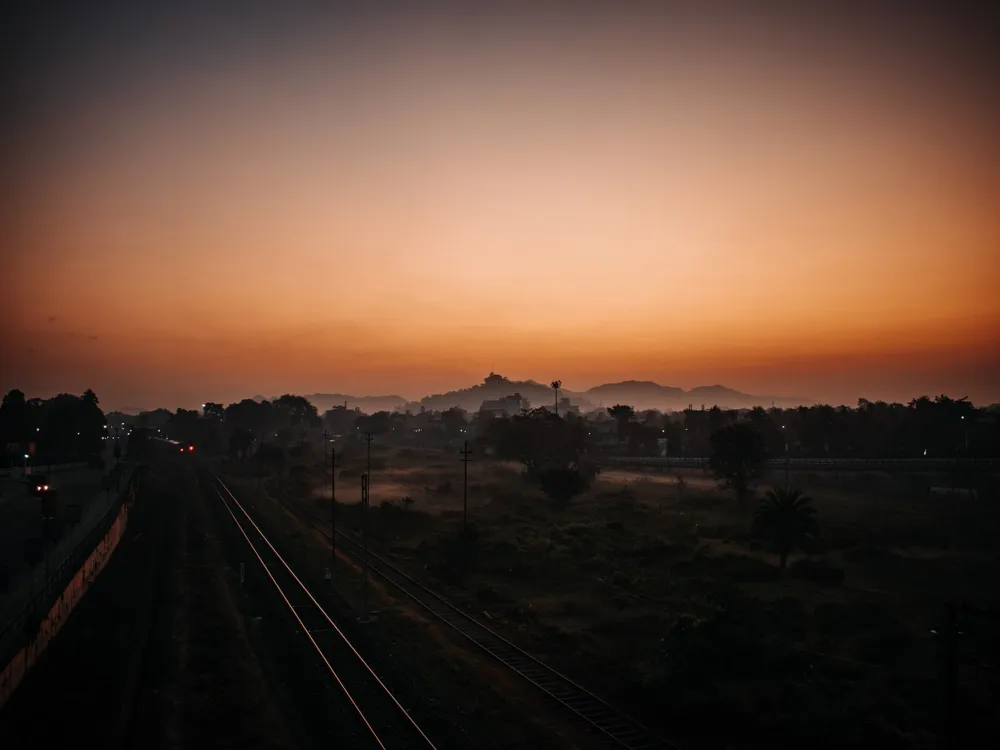The Beki River, a significant tributary of the mighty Brahmaputra, flows through the heart of Barpeta, Assam. Its origins trace back to the Bhutan hills, meandering through lush landscapes before joining the Brahmaputra. This river is not just a water body but a lifeline to the diverse ecosystems and communities it nurtures along its course. The Beki River's significance extends beyond mere geography; it's deeply intertwined with the cultural and historical tapestry of Assam. As we explore this river, we uncover a story of nature, culture, and the relentless march of time.
[Continue with the detailed exploration of the Beki River's geographical features, historical significance, and its role in the local ecosystem and communities, ensuring to cover at least 1500 words.]
The Beki River, though primarily a natural formation, features intriguing aspects of human intervention that blend seamlessly with its pristine environment. Over the years, man-made structures like bridges and embankments have become integral parts of the river's landscape. These structures are not just functional but also carry aesthetic values that resonate with the local culture and architectural heritage. The design and construction of these structures reflect a deep understanding of the river's temperament and a respect for its natural prowess.
[Elaborate on the architectural elements found along the Beki River, including the design principles, materials used, cultural influences, and how these structures harmonize with the natural environment, ensuring to cover at least 1500 words.]
The ideal time to visit the Beki River is during the post-monsoon months from October to April. During this period, the river is calm, and the weather is conducive for exploration and outdoor activities.
Visitors are advised to adhere to safety guidelines, especially regarding water activities. It is crucial to be aware of the river's current and depth, and local guidance should always be sought before venturing into or near the water.
As an environmentally sensitive area, tourists are encouraged to follow eco-friendly practices. This includes proper disposal of waste, avoiding plastic usage, and respecting the local wildlife and habitats.
Engaging with the local communities and experiencing their culture adds immense value to the visit. Tourists can participate in local festivals, taste traditional cuisines, and purchase local handicrafts as souvenirs.
Reaching the Beki River is relatively straightforward, with several options available for travelers. The nearest airport is Lokpriya Gopinath Bordoloi International Airport in Guwahati, from where one can hire a taxi or take a bus to Barpeta. The road network connecting Guwahati to Barpeta is well-maintained, offering a scenic drive. For those preferring train travel, Barpeta Road Railway Station is the nearest railhead, with good connectivity to major cities. Local transportation options like buses, auto-rickshaws, and taxis are readily available for the final leg of the journey to the river.
Overview of the Beki River in Barpeta, Assam
Architecture of the Beki River
Tips When Visiting the Beki River
Best Time to Visit
Safety Precautions
Eco-friendly Practices
Engaging with Local Culture
How To Reach the Beki River
Beki river
Barpeta
Assam
NaN onwards
View barpeta Packages
Barpeta Travel Packages
View All Packages For Barpeta
Top Hotel Collections for Barpeta

Private Pool

Luxury Hotels

5-Star Hotels

Pet Friendly
Top Hotels Near Barpeta
Other Top Ranking Places In Barpeta
View All Places To Visit In barpeta
View barpeta Packages
Barpeta Travel Packages
View All Packages For Barpeta
Top Hotel Collections for Barpeta

Private Pool

Luxury Hotels

5-Star Hotels

Pet Friendly







